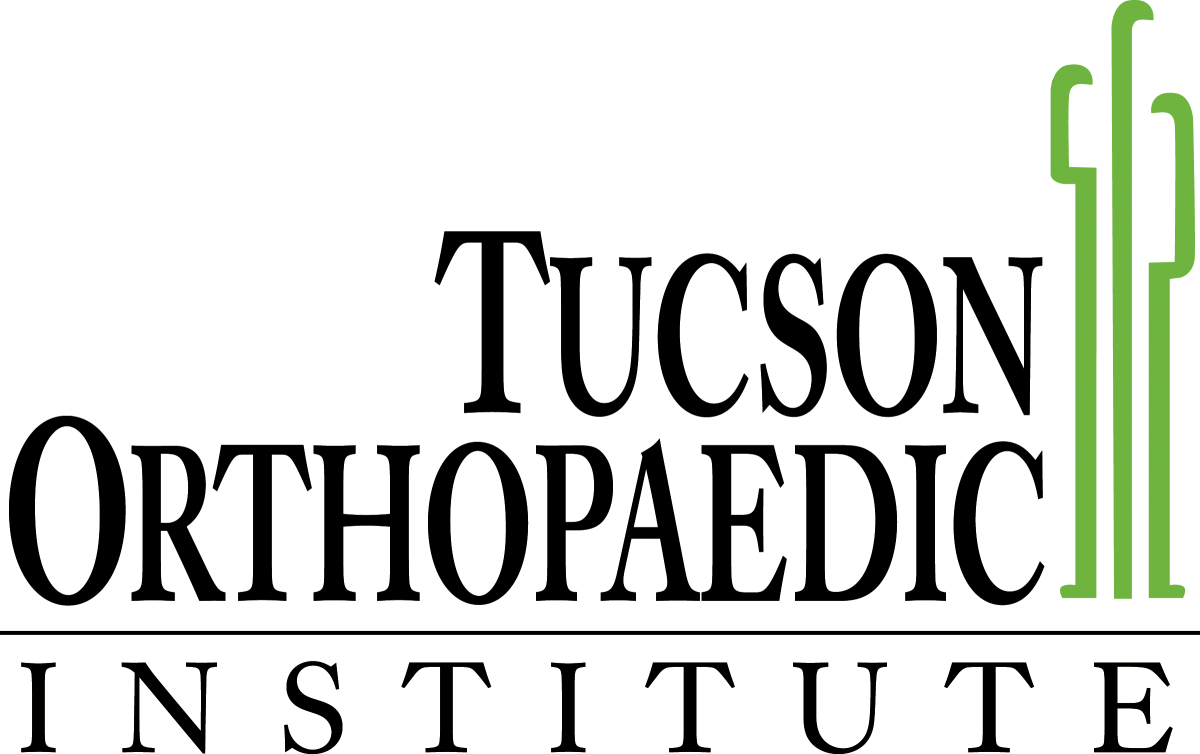What is Shoulder Sprain?
A shoulder sprain occurs when the shoulder ligaments are torn. Ligaments are the fibrous connective tissues that connect the four bones that are important to the shoulders function. These bones are the triangular shoulder blade, the bony knob at the top of the scapula, the collarbone (also known as the clavicle), and the breastbone (also known as the sternum).
Categories of Shoulder Sprain
Acromioclavicular Joint Sprain
Acromioclavicular joint sprain is the most common type of shoulder sprain. It occurs when the ligaments at the acromioclavicular joint are torn. It’s the joint between the acromion and the shoulder.
A direct blow to the front or top part of the shoulder can lead to this type of shoulder sprain. This can happen from a fall or from an injury sustained from sports training or event.
Sternoclavicular Joint Sprain
The sternoclavicular joint is the joint where the collarbone meets the breastbone. This joint is more tightly connected and hence, this type of sprain is rare.
A sternoclavicular joint sprain can occur when a person is crushed by an object. An example of this is a vehicular accident when the driver’s chest strikes the steering wheel so hard. It can also happen in sports like football and rugby where players experience a direct kick to the breastbone.
Symptoms of a Shoulder Sprain
The signs and symptoms of a shoulder sprain could vary, depending on the severity of the injury.
Pain is the most common symptom of a shoulder sprain. It’s felt when the arms are moved and when the shoulder is in contact with anything. There can also be slight swelling and tenderness at the outside tip of the collarbone, a popping sound when the shoulder is moved, and bruising on the surface of the skin.
In severe cases of a shoulder sprain, there can be a distortion of the normal contour of the joint and the affected area will be very tender.
Diagnosing a Shoulder Sprain
If a shoulder sprain is suspected, the doctor will thoroughly assess both shoulders and compare the affected site from the unaffected one. Aside from the physical appearance of the shoulders, the doctor will also test for the patient’s ability to move the shoulder and any pain the patient may be having.
Muscle strength, sensation, and pulses at the wrist and elbow will also be checked as important blood vessels and nerves pass through the shoulder area.
Additional tests may be ordered if the doctor suspects severe shoulder sprain. These tests may include X-rays, magnetic resonance imaging (MRI) scan, or computed tomography (CT) scan.
How It Is Treated
Treatment for shoulder sprain depends on the type of sprain and its severity.
For mild cases of acromioclavicular joint sprain (Grades I or II sprains), the affected site is treated with rest, ice compress, and nonsteroidal anti-inflammatory drug (NSAID) such as ibuprofen. The arm is also placed in a sling for one to three weeks. For severe cases of acromioclavicular joint sprain (Grade III), the arm is placed in a sling for four weeks. The patient may also be advised for surgery especially if the collarbone is displaced for more than 2 centimeters and if the person has a job that requires lifting.
For a sternoclavicular joint sprain, milder cases (Grade I) are treated with ice compress, nonsteroidal anti-inflammatory drug, and the arm is placed in a sling for one to two weeks. Arm sling will be worn for three to six weeks if it’s a Grade II sprain. For more severe sternoclavicular joint sprain (Grade III), a procedure called closed reduction will be advised.
